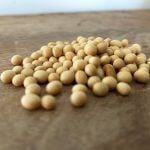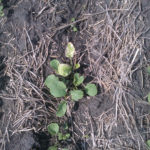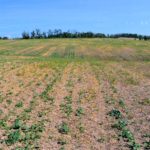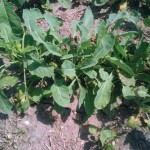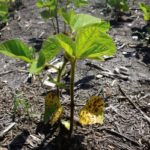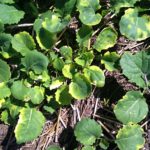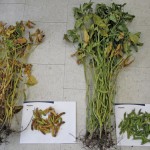John farms 2,500 acres of mixed grains and oilseeds, including wheat, oats, canola, and flax, in addition to the odd season growing clovers and specialty crops, such as borage and hemp. It was mid-June when John contacted me about one of his canola fields. He was convinced the Group 10 herbicide he’d applied to his […] Read more


